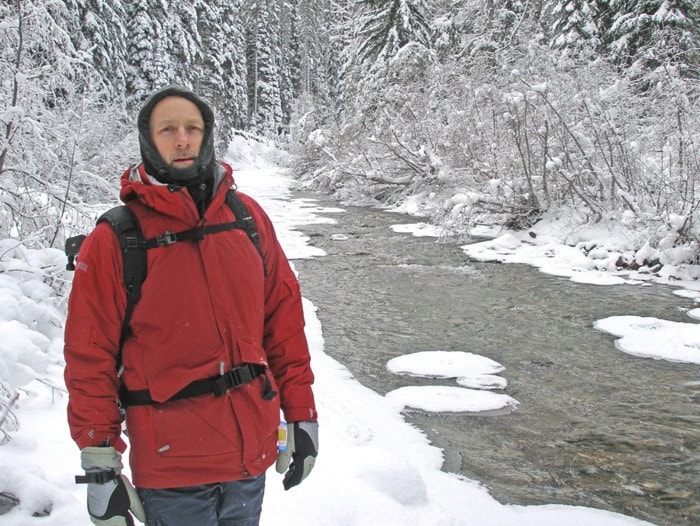FortisBC is still looking into putting a dam on the Similkameen River.
The potential project has been discussed since 2008 when a group of stakeholders in the U.S. and Canada began looking into its feasibility.
The location being considered by FortisBC in around five kilometres south of Princeton near the Copper Mountain Mine.
One option is a 180-metre (590-foot) high dam, but Fortis hasn’t decided exactly how tall the structure will be.
If a 180-metre dam was built, it would be three times higher than BC Hydro’s controversial proposed Site C dam near Fort St. John.
It would be nearly the same height as the W.A.C. Bennett Dam in Northeast B.C., which holds the province’s largest reservoir.
It’s too early to tell if the dam is going to be built, said FortisBC spokeswoman Lisa Corcoran.
FortisBC isn’t sure how long the process will be, but it will likely take years to decide if the dam will be built, she said.
Last year, preliminary technical feasibility studies by FortisBC gaged the amount of flow was in the stream.
“The studies found that the potential project could bring significant benefits to the region,” Corcoran said.
Fortis looked at water storage, flood mitigation, river flow regulations and hydroelectric power production.
“There is broad stakeholder support and interest in the area, which is unique,” Corcoran said.
If plans for the dam proceed, the public and First Nations will be consulted and mandatory environmental and other approvals will be sought, she said.
Plans for a dam on the Similkameen River is nothing new.
In 2009, a dam was proposed on the Similkameen River across the U.S. border.
The dam could have increased water storage and hydro generation for a Washington State town, but it would also backed up water in the Similkameen Valley, newspapers reported.
The plan ended partly due to public opposition, especially on the Canadian side of the border.
A study of the Similkameen watershed will take into account FortisBC’s dam proposal, said Area H director Brad Hope.
“Anything that has that big of an impact will be high on the list of what’s going to be looked at,” he said.
The Regional District of Okanagan Similkameen was recently awarded $500,000 in gas tax funding to study the Similkameen watershed.
The short and long-term effects of the proposed dam will be looked at, Hope said.
The study comes in the wake of international negotiations over the Columbia River Treaty, which are scheduled to begin in 2014.The final treaty will be signed in 2024, giving 10 years for both countries to form an agreement.
Treaty negotiations could include the possibility of dams being built in both Canada and the U.S., Hope said.
The study will look at water supply and the demand for it now and in the future. The affects of climate change will also be investigated.
“You have to realize that it’s all one watershed. You take a drop out in Tulameen and that’s one drop less in Cawston and down river,” Hope said.
